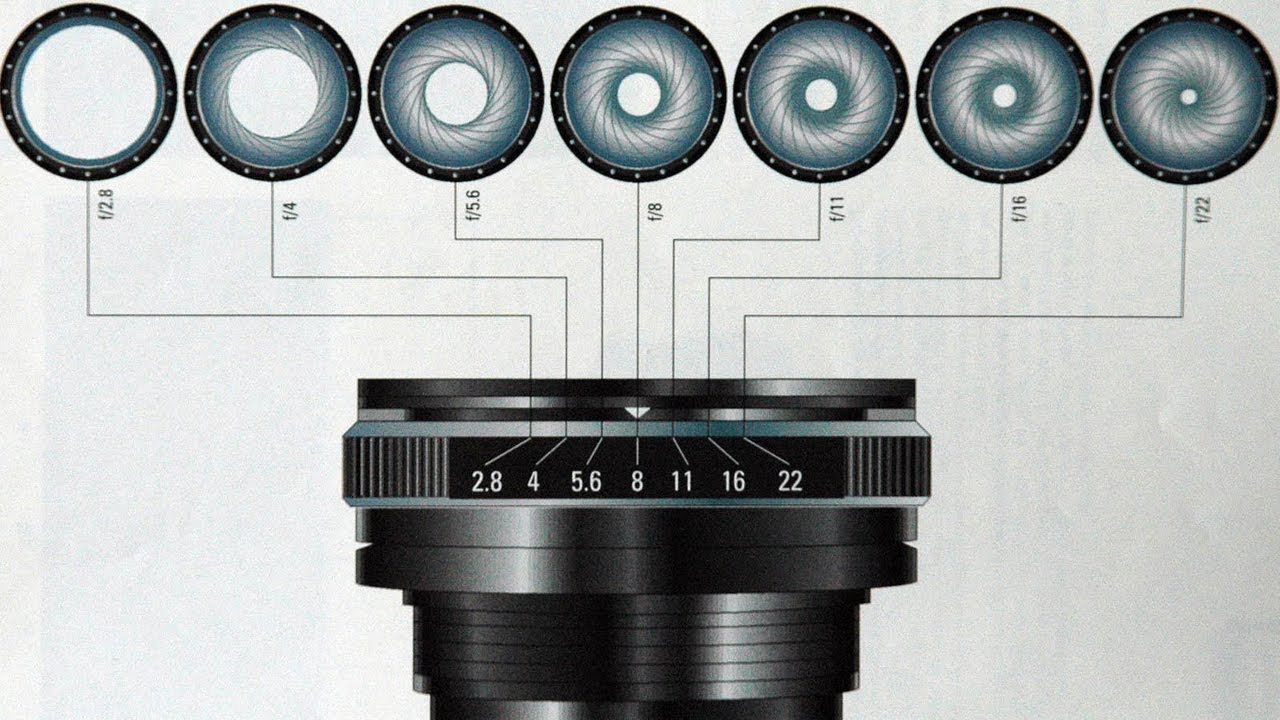We already know that before photographing the camera to make an image, the photographer must think of several factors, such as framing, lighting and the amount of light that must penetrate the lens to get the desired photographic result, an easy mistake to make is to make the scene too bright, which gives a blank photograph , which covers important details of the image. Fortunately, are the cameras ready to avoid this kind of?error?with the configuration called? F-Stop?. This setting can be a bit tricky for amateur and novice photographers, so the Emania Blog will explain this setting to clear the minds of these professionals and photography enthusiasts.
In short, the F-Stop setting is a setting that makes the camera control the amount of light that enters through the lens. To achieve this “movement”, the digital camera has structures that mimic the behavior of the human eye to record a photo with adequate lighting. These mechanisms are the iris, which will define the amount of light allowed, and the aperture, which is where the light actually enters. When the aperture is too large, the camera lens captures a lot of light. On the contrary, when it is small, little light enters. The F number will then define its opening according to the ambient lighting. With the F scale, it is possible to increase or decrease the amount of light that will be used to take the picture. When the aperture has a diameter of 20 mm, for example, it means that the total area of light collection is 314 mm². So the next value on the scale would have an area of 628 mm² and a diameter of 28 mm (previous diameter multiplied by the square root of 2). You’d think if a photographer wants a lot of light, they just use the 40mm diameter. If you want low light, use the 20mm or even less. However, the F scale does not work the same for all photographic lenses. Photographs taken with an aperture of 20mm, for example, may have different amounts of light captured. Everything will depend on the lens used.
- The aperture will depend on the focal length of the lens.
- Which is the distance required between the DSLR camera’s sensor and the lens itself to properly focus the image.
- When using a lens with a 40mm focal length.
- The photographer will need an aperture of 20mm.
- If you want to increase the latter value to 40mm.
- You will need a larger lens.
- With a focus distance of 80mm.
- We can already see that the size of the aperture is not the only factor that will determine the amount of light a camera will capture.
- It should be remembered that different aperture and focal length settings can occur with the same amount of light captured.
- Therefore.
- The F scale has three different values: the aperture diameter (D).
- The focal length (F) and the F-Stop.
- Which is the amount of light captured by the relationship between the first two values.
- A mathematical formula that would represent this scale well would be F / D = x.
- With this formula it is possible to calculate the diameter: with the focal length of a lens and the amount of light to be captured.
- We can apply these values to the formula F / x = D.
The F-Stop scale is presented on cameras as follows: f / 2, f / 1. 4, and so on. It is important to understand that the smaller the F-Stop value, the larger the aperture diameter of a lens. Therefore, the lower the F-Stop, the more light the lens will capture. Is the scale still difficult to memorize? There is a trick! First, write only the integer values of the scale, for example: 1, 2, 4, 8, 16 and 32. Then, to set the intermediate values, simply repeat the first number and double the second, like this: between 1 and 2 , is 1. 4. Between 2 and 4, 2. 8? In this way we can see that when the F-Stop scale goes down, the opening increases. As you go up the ladder, the opening decreases. It is according to these functions that what we call fast lens is established, that is, when the lens allows a large aperture. In the same way that a slow lens uses small apertures, which reduces the entrance of light. The shutter speed can be fast when using fast lenses, as more light enters through the lens, so there is no need to leave the shutter open for a long time. On slow lenses, the shutter speed should be faster, for example, because low light is captured for longer, so the photo is not dark.

